How to treat a hernia? Well, before that let’s find out what is a hernia? It is a condition that involves abnormal protrusion of an abdominal organ pushing through the weakened musculature of the abdominal wall. A few of the common sites (where a hernia develops are the grain area and esophageal area, where the esophagus passes through the diaphragm and is known as a hiatus hernia).
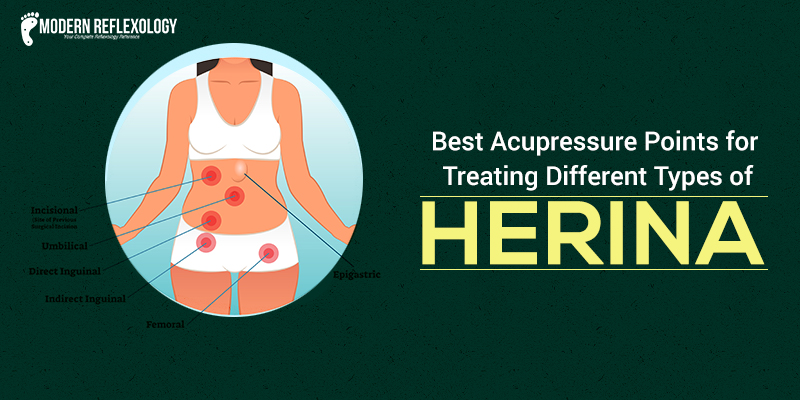
This condition usually ails people in and above the middle age. However, infants can suffer from this condition too. The condition is known as an infantile hernia. It is found in the inguinal (groin) region.
The symptoms of a hiatus hernia are the following, acidity, regurgitation of food, eructation, and burning pain.
Symptoms of a Hernia – How to Get Hernia Pain Relief
The symptoms of a hernia all depend on several things such as location and severity, but there are other symptoms that one should be mindful about,
- A swollen area or a visible lump.
- A feeling of heaviness in the gut, when you bend over.
- You feel pain or aching when you exert your body such as doing heavy lifting or carrying heavy objects.
- Digestive problems such as constipation.
- The lump is not visible when the person is lying down.
- The lump enlarges when you suffer from conditions such as coughing standing up or straining.
Different Types of Hernias
The abdominal wall isn’t made up of a solid sheet of muscle; in fact, it is made up of different layers. A few of the areas are structurally weaker than others and are more prone to develop hernias. Find out some of the different types of a hernia here,
1) Inguinal Hernia –
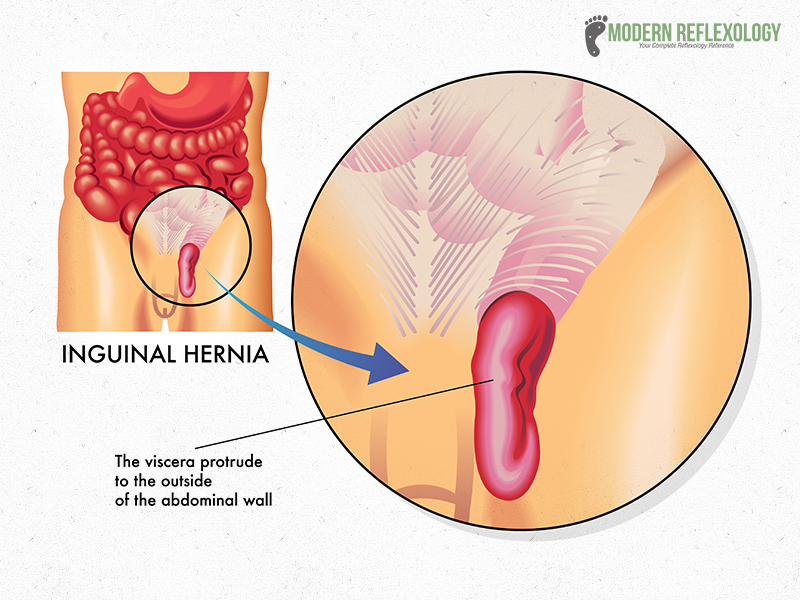
This type of a hernia occurs in the groin region. This is one of the most common types of a hernia. A loop of intestine goes through the small ring of muscle in the groin and eventually splits the muscle fibers apart. More men suffer from an ingenuity hernia than women and it usually affects people in their middle age.
2) Femoral Hernia –
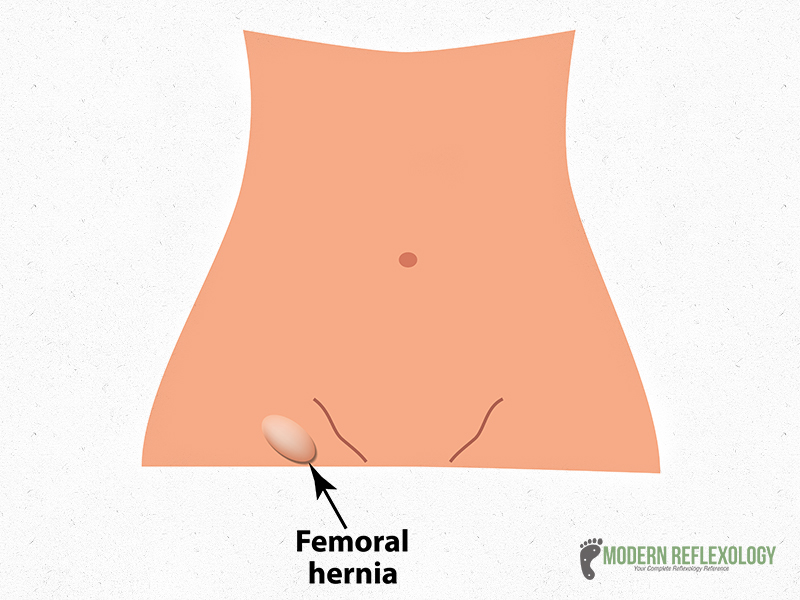
This type of a hernia occurs on the thigh, where the leg meets the body. The reason for one developing a femoral hernia is almost the same as that of developing an inguinal hernia. Intestines push their way through the weak muscle ring at the femoral canal until protrusion. This section of the bowel which is herniated may be at risk of strangulation. This is a serious condition and it requires urgent medical attention. More women suffer from femoral hernias than men.
3) Umbilical Hernia –

This is a condition where a portion of the gut pushes through a muscular weakness located near the belly button. This is a condition that affects newborns. Apart from infants, overweight women also suffer from this condition or women who have undergone several pregnancies.
4) Incisional Hernia –
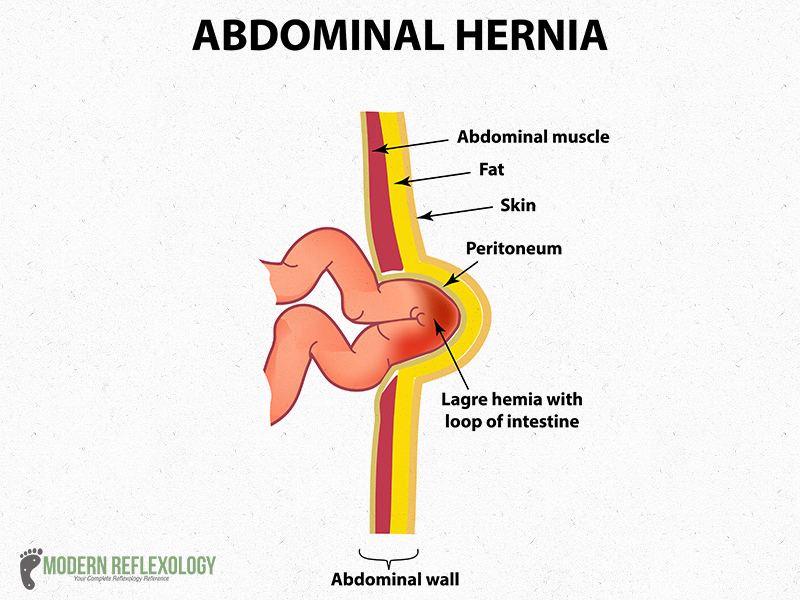
This type of a hernia affects people suffering from abdominal surgery. The site of the repair also appears structurally weaker. Sometimes, the intestines protrude through the closed incision, leading to this condition.
5) Strangulated Hernia –
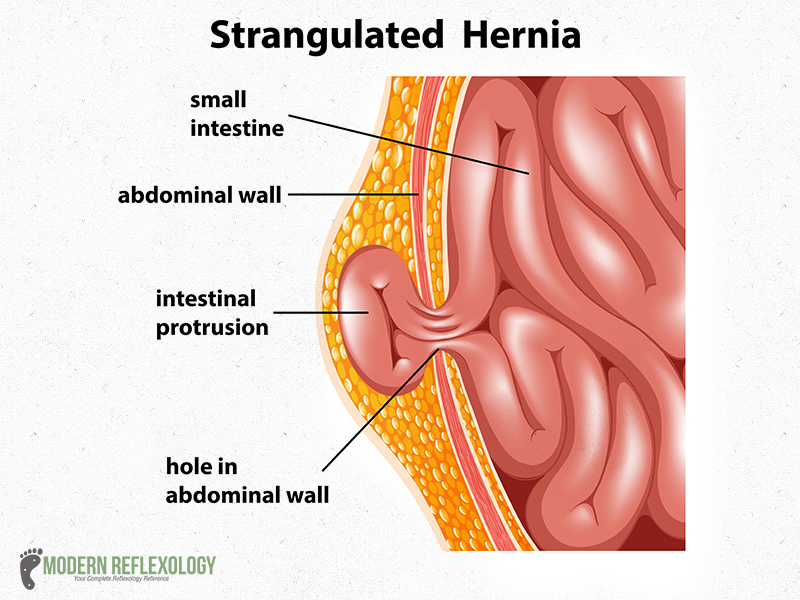
When a hernia offers resistance to manual pressure and do not pop back through the abdominal wall, it is called a non-reducible hernia. This is actually a condition where the intestinal loop is bound in a tight grip by the muscular ring, which leads to swelling of the loop and eventually, the entrapped bowel is strangulated. A femoral hernia often leads to this type of complication. The symptoms of a strangulated hernia are nausea, vomiting and/or severe pain. This condition requires prompt medical attention and may also require surgery. If this condition is left untreated it may lead to the strangulated hernia and may lead to gangrene of the trapped bowel.
An Inguinal Hernia – Causes of the Condition from Traditional Chinese Medicine Perspective
According to the traditional Chinese medicine (TCM), an inguinal hernia is a condition where there are a disruption in the liver and Ren (receptive) channels. This shows some symptomatic signs in both the inguinal and genital region on the front of the body. Some of the symptoms in the inguinal region are the flowing, bulging of the underlying tissue pushing through the abdominal wall.
According to TCM, the three main causes of an inguinal hernia are the following, stagnation and disruption of qi–energy flow through the body, in the liver channel, or a deficiency of the spleen.
Acupressure – The Holistic Solution for Myriad Ailments
Acupressure is acupuncture without the needles, at least this is how it is described. Instead of the intimidating needles, acupressure involves the process of applying manual pressure ( using the fingertips) to certain points of the body.
According to the tenets of traditional Chinese medicine, the body is divided with lines of energy flow known as meridians. There are about 14 meridians that are connected to the organs with other parts of the body. You can find all the Acupuncture and acupressure points on those meridians.
The flow of the energy (also called “chi” or “qi”) is blocked on a meridian, it is said to cause numerous symptoms and health conditions all along the meridian. An acupressure practitioner applies pressure to an acupressure point on the foot to help get rid of a headache.
There is no general view on how acupressure might work. A few people say that the application of pressure help release of the release of endorphins or pain-relieving chemicals in the body. Another theory is that it helps impact the autonomic nervous system.
Acupressure Points for Hernia
You can treat the symptoms of this condition with hernia acupressure points. You can apply deep, pressure with your fingertip, knuckle or a soft-pointed object, for example, a pencil eraser.
1) Acupoint 5: SP-6
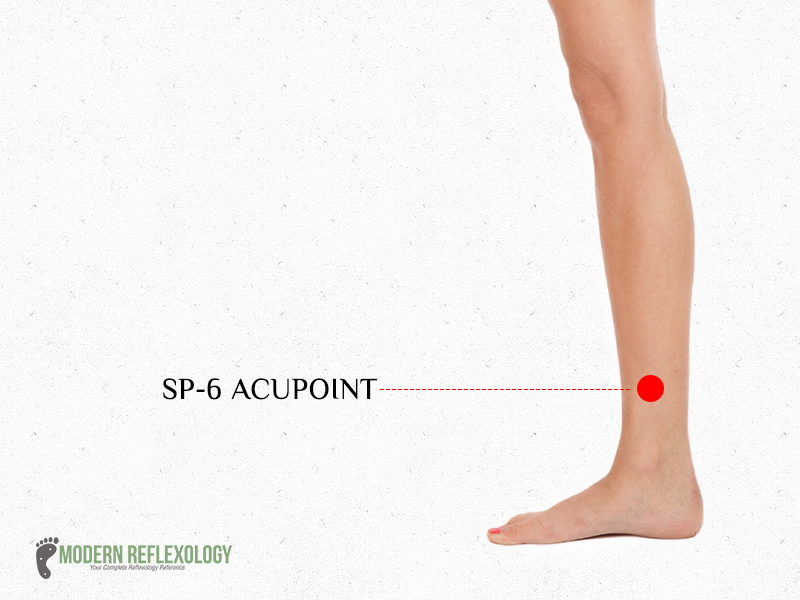
Locate this point on the palm width right above the tip of the inner ankle bone, on the back of your shinbone.
2) Acupoint 6: St-36
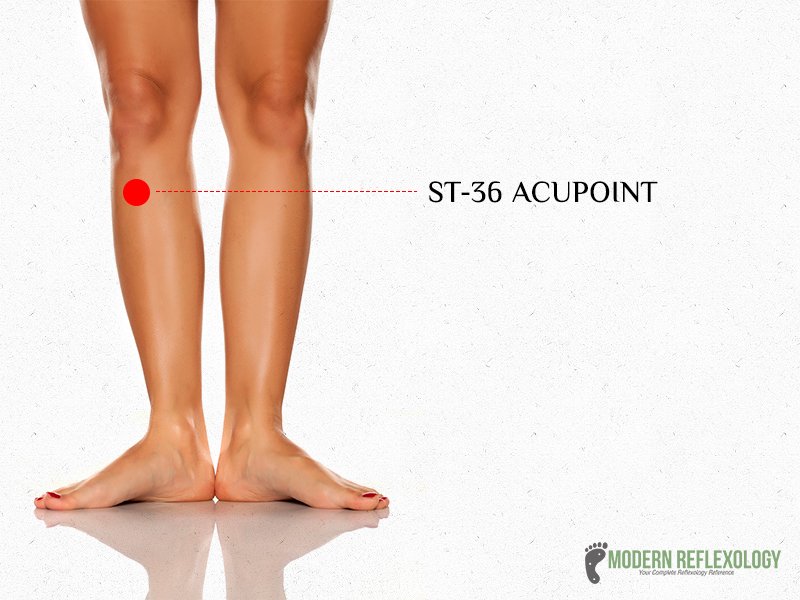
Locate this point, a palm width below the bottom edge of the kneecap, on the outside, in a depression that is located between the shinbone and the leg muscle. It is a very effective acupressure point for most problems that affect the waist down organs, especially when used in conjunction with SP-6 acupressure point.
3) Acupoint 20: Liv-1
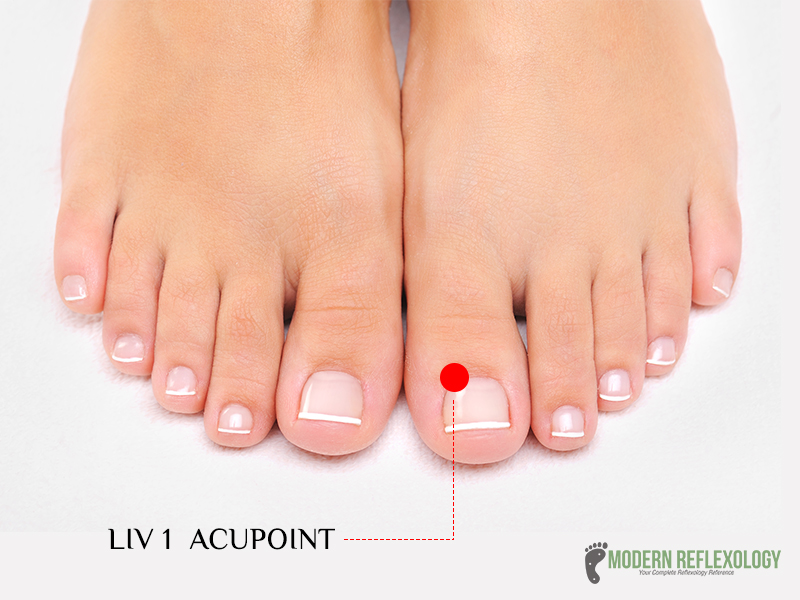
Locate the Liv-1 point on the big toe, the point that is closest to the second toe, just behind and located to the side of the nail.
Acupressure therapy may be able to provide hernia pain relief. It may not help get rid of the condition entirely, but what it can do is make you more comfortable as you control the condition. Consult your doctor before you go for the treatment. When choosing a reflexologist, look for a person who is licensed and has adequate experience using reflexology for an inguinal and different type of hernias.

Comments are closed